Introduction
Over the centuries, several waves of globalization in the world have originated from the sea. Western maritime countries developed rapidly through colonial expansion, but inland countries have been exploited and plundered for a long time, and have been trapped in a vicious cycle of poverty.
Now a new globalization initiative is trying to break this situation and revive the economic development of landlocked countries. This is China’s “Belt and Road Initiative” (BRI).
Since it was first proposed in 2013, the BRI journey has been going on for more than ten years. How has it changed the world? And what opportunities will it bring to the solar energy industry in the future?
Through this article, we will reveal this mysterious Eastern power, let’s see it.

Chapter 1: What is BRI?
The Silk Road Economic Belt and the 21st-century Maritime Silk Road, referred to as the Belt and Road Initiative (BRI), is a transnational economic belt initiated and led by the government of the People’s Republic of China in 2013, with investments in nearly 70 countries and international organizations. Its scope covers the major development projects of countries in mainland China, Central Asia, North and West Asia, the Indian Ocean coast, the Mediterranean coast, South America, and the Atlantic region that the Silk Road and Maritime Silk Road traveled through in Chinese history.
The BRI is regarded as a core component of Xi Jinping’s “Great Power Diplomacy” strategy, which seeks for China to play a greater leadership role in global affairs based on its rising strength and status. The Chinese government stated that the initiative is “aimed at strengthening regional connectivity and embracing a better future.”
As of August 2023, 155 countries were listed as having signed up to the BRI. The participating countries include almost 75% of the world’s population and account for more than half of the world’s GDP.
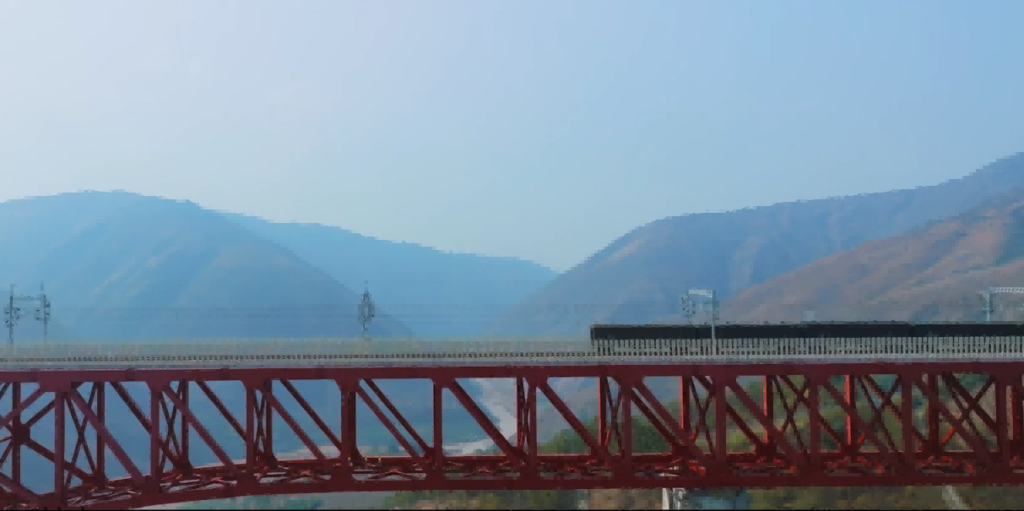
Chapter 2: How has the BRI changed the world?
2.1 China-Europe Railway Express
The most intuitive thing on the map is that several north, middle and south railway lines have been built between the Eurasian continent, namely the China-Europe Railway Express.
The north route mainly connects Mongolia, Russia, and Belarus through railway ports such as Erenhot and Manzhouli, and connects to other European countries through Poland.
The middle route mainly connects to Kazakhstan via the Alashankou and Horgos railway ports in Xinjiang, and meets the northern route in Moscow.
The southern route exits Xinjiang, connects to Iran and Turkey, and then crosses the Black Sea Strait to Europe.
The direct benefit brought by the opening of intercontinental railways is the reduction of trade costs. Goods that originally needed to be transported by sea or even air can now be transported quickly by railway, achieving the best balance between fast time and low cost, which directly promotes the development of international trade.
Research by the World Bank shows that the BRI construction will reduce global trade costs by 1.8%. At present, 86 China-Europe freight train lines have been opened in China, reaching more than 200 cities in 25 European countries and regions, and more than 100 cities in 11 Asian countries and regions.
It is like a big network, and this big network connects the active East Asian economic circle, the developed European economic circle, and the vast hinterland countries with huge potential in the middle. The cities along the way are becoming increasingly prosperous with economic and trade exchanges, a new growth of the world economy is taking shape.
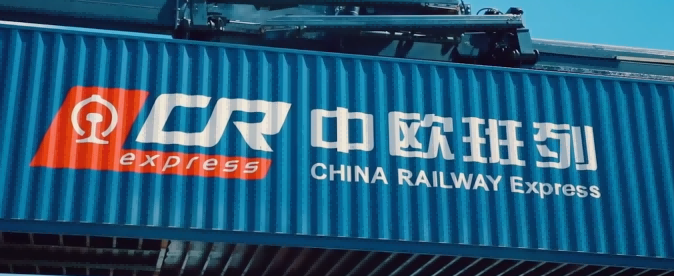
2.2 Infrastructure Building
Another way the BRI changes the world is to improve the infrastructure level of each country through key projects and break the bottlenecks that restrict the progress of developing countries.
In Laos, the hinterland of Southeast Asia, a China-Laos railway has turned this “land-locked country” into a “land-linked country”. This railway connects Vientiane, the capital of Laos, and Yunnan, China. During the construction process, thousands of unexploded bombs and landmines left by the United States were also removed. After the opening of the railway, both passenger and cargo traffic flourished, and the port economy and cross-border tourism flourished.
Kenya has its first modern railway in the past century, the Mombasa-Nairobi Railway, which solves the problem of inefficient cargo transportation between Mombasa Port and inland areas. This railway has not only created 46,000 local jobs and boosted economic growth by more than 2%, but has also revitalized more than 30 towns with railway stations.
Nigeria has its first modern deep-water port, the Lekki Port, which solves the problem of old port facilities being outdated and unable to support shipping needs. It is estimated that Lekki Port can boost Nigeria’s GDP growth by US$361 billion and create 170,000 jobs within 45 years.
The same story also happened in Gwadar Port, Pakistan. This once dilapidated fishing village has been transformed into a cargo transit hub and geo-economic center for neighboring Africa, the Middle East, Central Asia and the Gulf countries.
The Maldives has its first cross-sea bridge in the Indian Ocean – the China-Maldives Friendship Bridge. The complex geology of coral reefs on the seabed made the construction process extremely difficult, but nothing can trouble Chinese companies, we overcame the difficulties and done it.
Indonesia has its first high-speed railway, the Jakarta-Bandung High-speed Railway. The original 3.5-hour journey now only takes 40 minutes. The tourism industry has been boosted. As of May this year, it has attracted 51,000 local jobs.
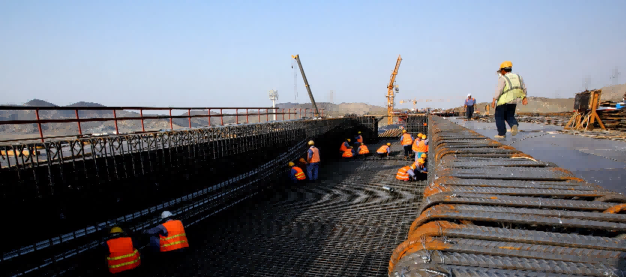
2.3 Green Energy Development
Hydropower stations, wind power stations, and photovoltaic power stations have also been built on the African continent. Because the BRI hopes to help the Africa countries develop clean energy and avoid repeating the pollution path experienced by Western industrialization. In this way, the BRI has attracted the participation of more than three-quarters of the world’s countries and has truly improved the lives of 30% of the world’s population.
In the current world order, hegemonism, zero-sum game, and bullying of the weak by the strong have become commonplace. The BRI is precisely to break the law of the jungle of inequality, open up a new path for global common development and prosperity, and allow interconnection Instead of beggar-thy-neighbor, let peaceful development cancel the staging of disputes, and let the world form a community with a shared future for mankind that shares weal and woe. This is the grand pattern of the BRI, and it is destined to become an important milestone in the history of the development of human society.

Chapter 3: What opportunities will the BRI bring to the solar energy industry?
3.1 Expansion of Market Opportunities
The sheer geographical reach of the BRI encompasses a multitude of nations, many of which are still in the nascent stages of harnessing solar energy. These countries, with their vast terrains and growing energy needs, are ripe for solar installations. From vast deserts that can house solar farms to urban centers looking for sustainable energy solutions, the potential is immense. As these regions look to diversify their energy sources and reduce their carbon footprint, solar energy companies stand to gain significantly by positioning their products and services as viable solutions to meet these emerging demands.
3.2 Promotion of Renewable Energy
The BRI is not just an economic plan, it is a vision for sustainable development. With a pronounced focus on green initiatives, renewable energy sources, especially solar, are set to be at the forefront. Countries under the BRI are actively seeking solutions to reduce their dependency on fossil fuels and combat climate change. The emphasis on solar energy within the BRI framework will undoubtedly attract investments, both local and foreign, in solar projects. This influx of capital can accelerate the adoption of solar technology, making it more accessible and prevalent across the BRI regions.
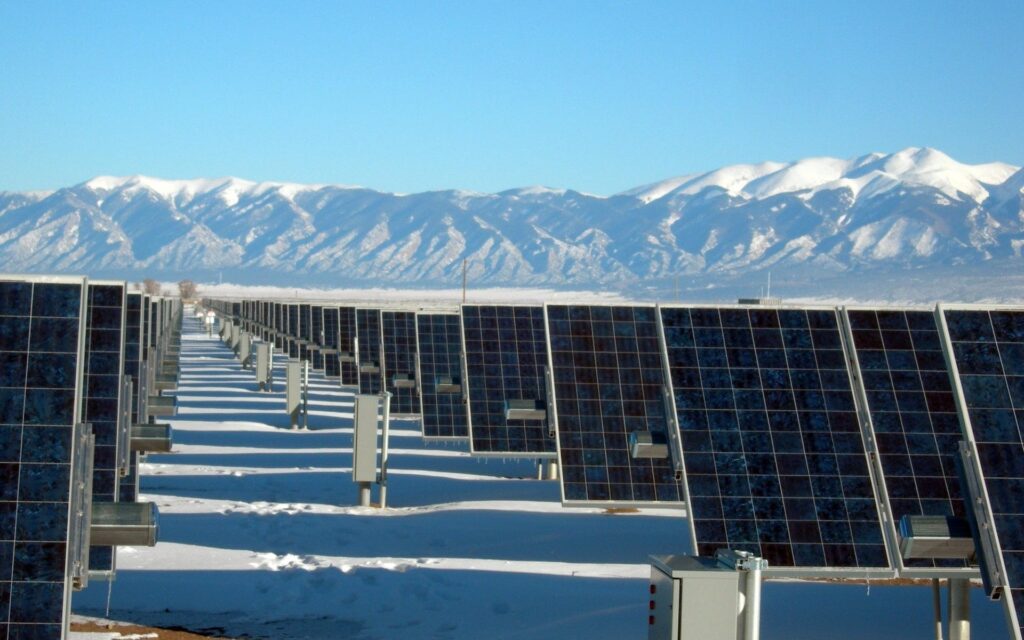
3.3 Infrastructure Development
Infrastructure is the backbone of the BRI. As countries build highways, railways, and ports, there is a parallel need for modern energy infrastructure. This presents a unique opportunity for the solar industry. The development of new energy grids offers the chance to integrate solar energy solutions right from the inception. Whether it’s solar-powered street lights in new highways or solar panels on the roofs of new public buildings, the integration of solar solutions can redefine how infrastructure projects are conceptualized and executed.
3.4 Enhanced Technological Collaboration
The collaborative spirit of the BRI fosters an environment where nations come together, share expertise, and innovate. For the solar industry, this can translate to joint R&D projects, technology transfers, and shared best practices. By pooling resources and expertise, solar companies can achieve breakthroughs in efficiency, storage, and scalability of solar solutions. Such collaborations can also lead to the standardization of technologies, making them more universally adaptable and scalable across different regions.
3.5 Supply Chain Optimization
A streamlined supply chain is crucial for the solar industry, where timely delivery and installation can impact the overall efficiency of a project. The BRI, with its emphasis on improving transport links and simplifying customs procedures, promises a more efficient supply chain. For solar companies, this means quicker deliveries, reduced lead times, and potentially lower costs. Having a seamless supply chain can also enhance the competitiveness of solar companies, allowing them to meet the demands of their clients more effectively.
In conclusion, the Belt and Road Initiative presents a transformative opportunity for the solar energy industry. By capitalizing on these key areas, solar companies can not only expand their market reach but also drive innovation, optimize operations, and play a pivotal role in shaping a sustainable future for the BRI regions.

Chapter 4: Current status of global PV market
In 2022, the global newly installed renewable energy capacity is 295 million kilowatts, with a growth rate of 9.6%. China is the largest contributor to the world’s new installed capacity of renewable energy power generation, accounting for 51.7% of the world’s newly installed capacity.
From the report of the International Energy Agency, globally, the net addition of solar photovoltaic power generation in 2022 is 220 GW, an increase of 35% from 2021. Solar photovoltaic manufacturing capacity grew at a compound annual growth rate of 25% from 2010 to 2021, and there are still no signs of slowing down. An analysis of announced planned solar PV projects through the end of 2022 shows that global manufacturers are on track to meet energy demand in 2030 with approximately 670 GW of PV production under a net-zero economic scenario.
Conclusion
As the principal market for renewable energy worldwide, China hopes to provide “green, low-carbon and circular development” to the world in the development of a “Green Belt and Road”, so as SolarCtrl.
As a leader of solar energy industry in China for over 14 years, SolarCtrl is always passionate about promoting sustainable energy practices and reducing the carbon footprint all over the world with its cutting-edge technology. We are committed to providing our customers with cost-effective solutions and high-quality services.
If you’re ready to make the transition to solar or have any questions, don’t hesitate to reach out to us. Contact us now for a free inquiry and let us guide you on your solar journey.
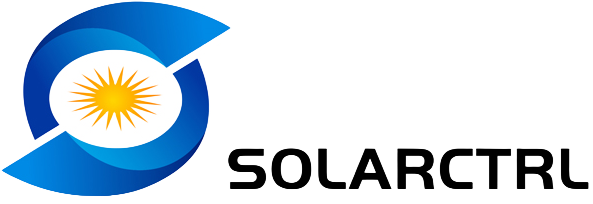










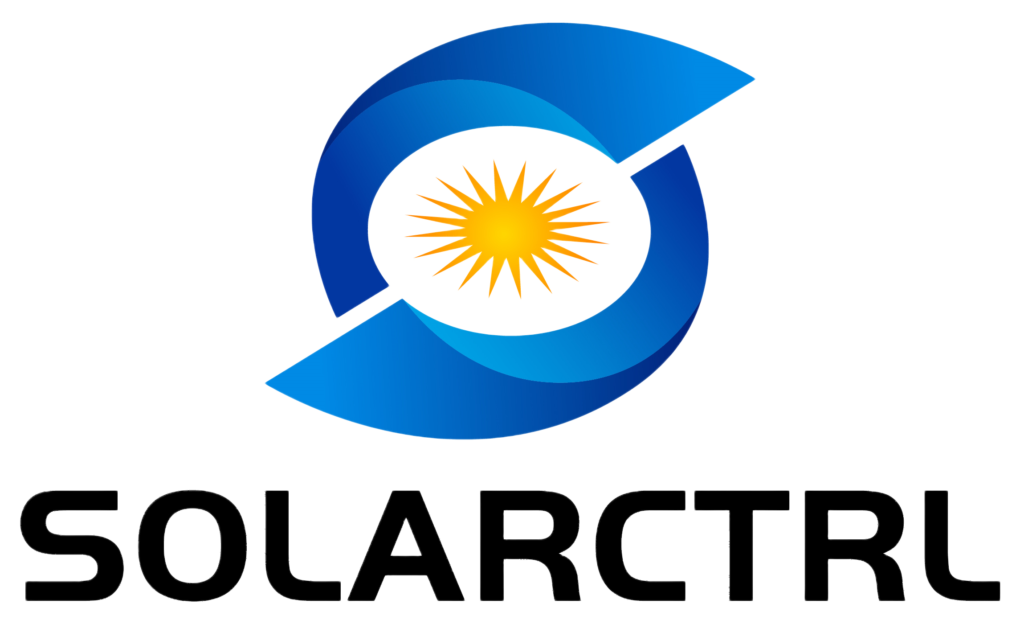

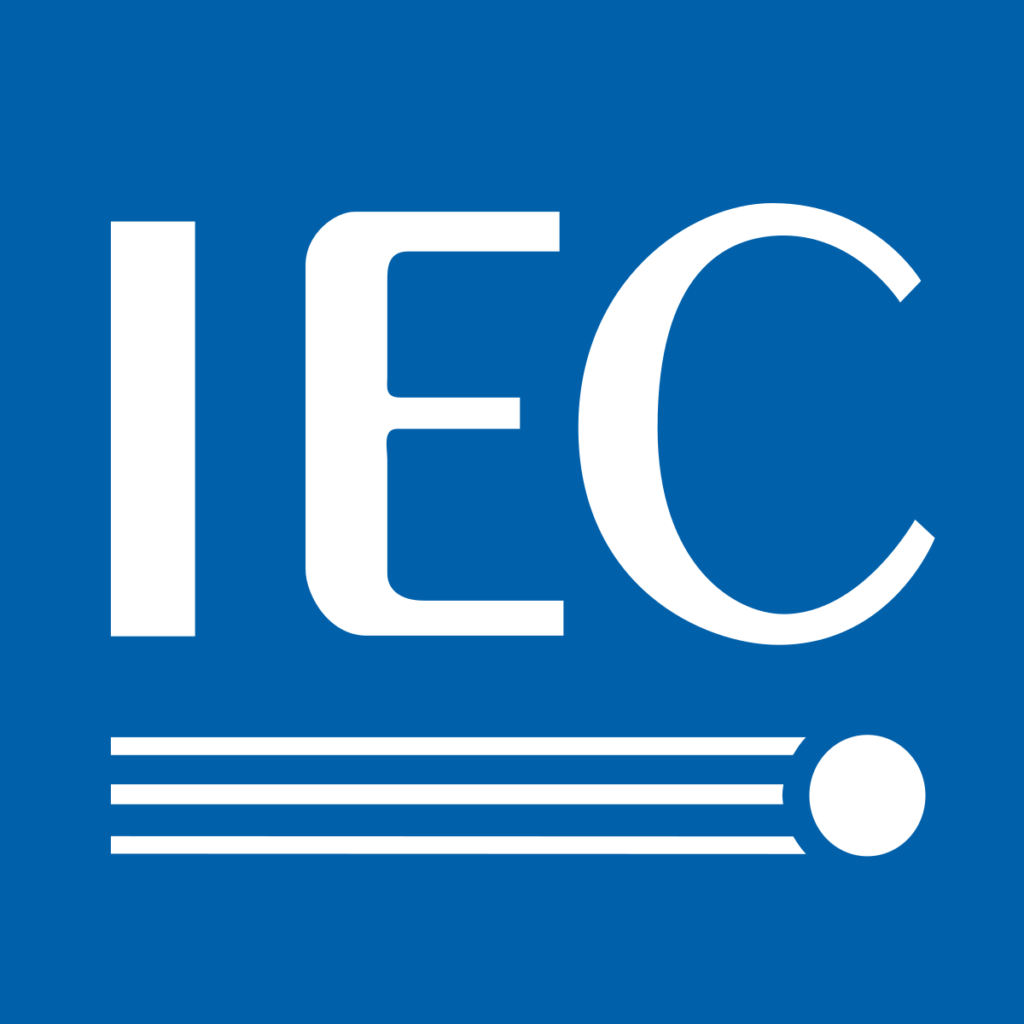
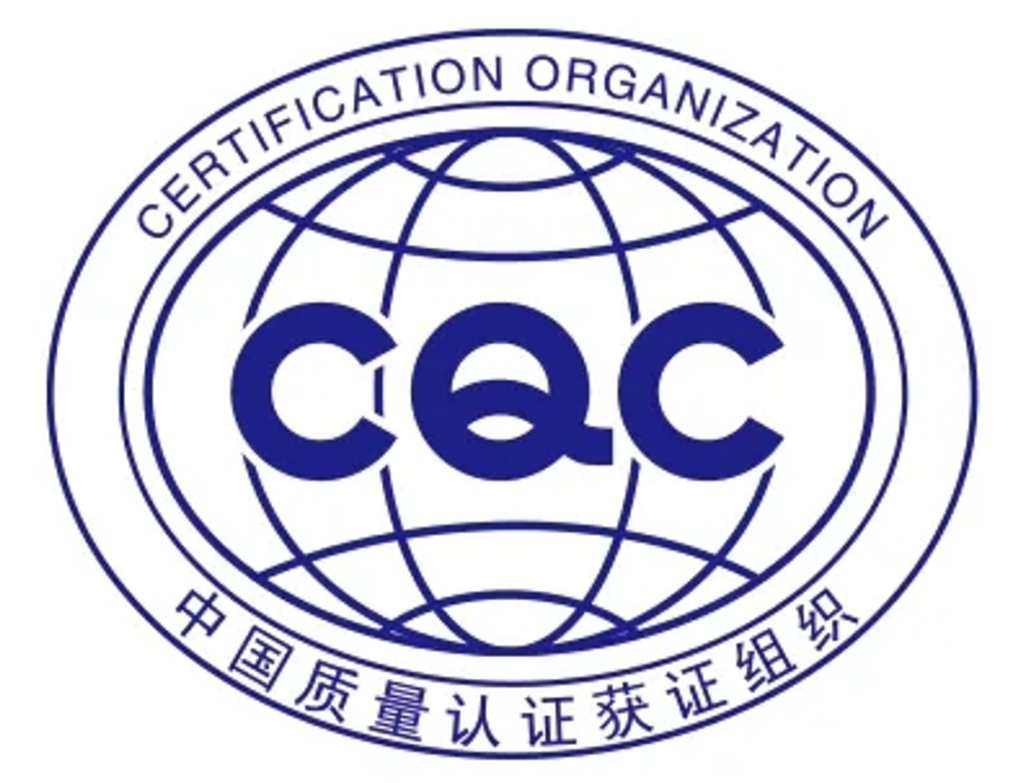
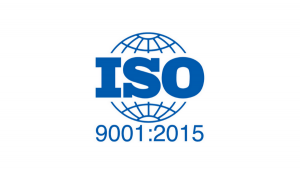

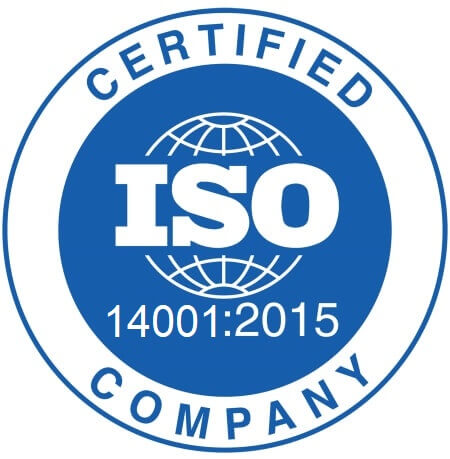
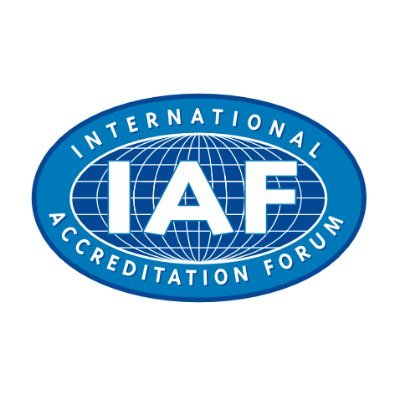

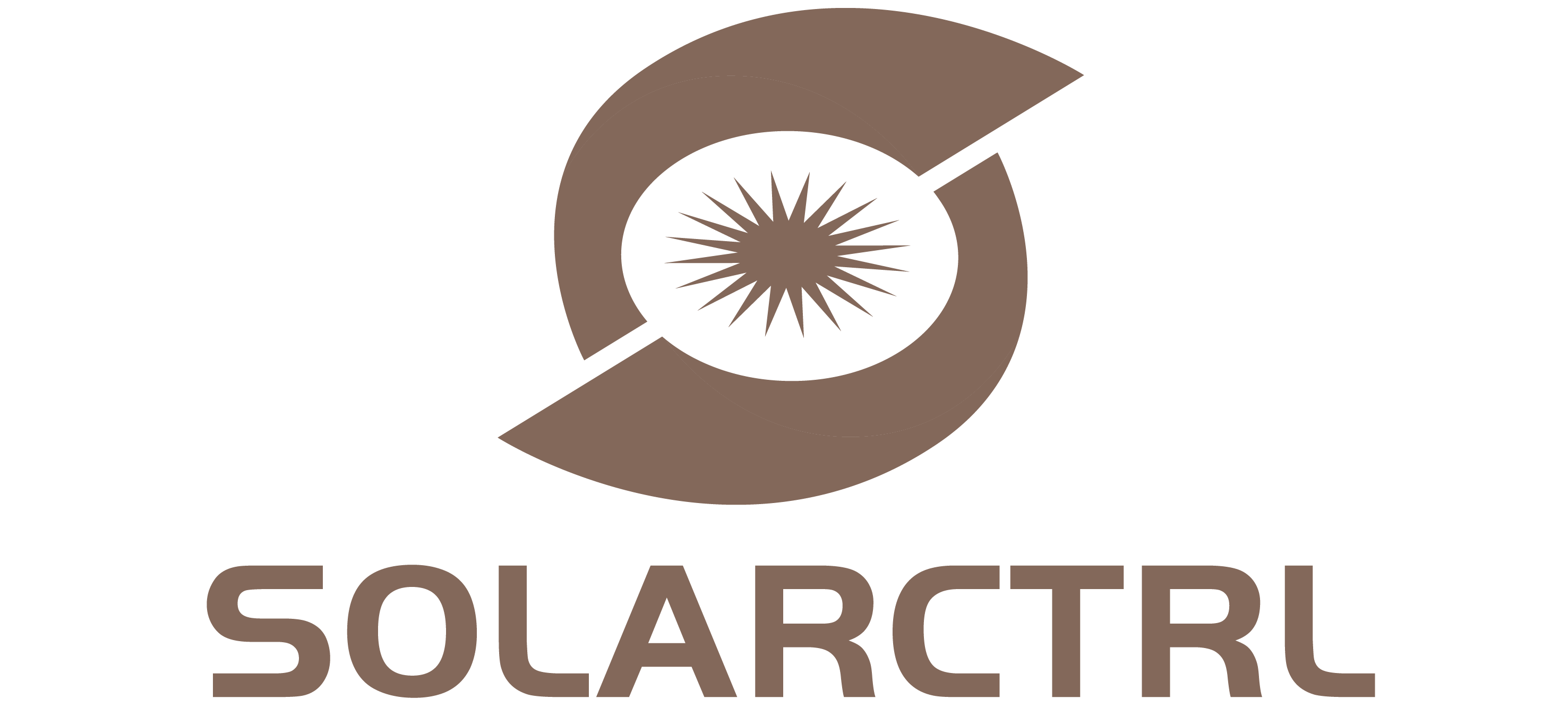



2 Responses
Bonjour!
Merci beaucoup pour ce grand message d’intérpelation et de Réflecion que nous venons de lire sur vôtre page.
En ce qui concerne l’énergie solaire, je suis personellement passioné, et cette passion m’evez envoyé a crée une Enterprise dans ce Domaines nomée (Groupe de Réference sur l’Énergie Solaire et Installation Electrique)
GRESIEsarl. L’entreprise le service et fourniture de Materiels.
Malheureusement on ne sait pas évoluer faute d’encadrement professionelle, financière et manque Des produits solaire disposable et de qualité sur le maché de vente Ici en RDC Bukavu.
Cordiallement,
Merci
Bonjour,
Thank you for taking the time to share your thoughts and experience with us. It’s heartening to hear about individuals like you who are passionate about solar energy and have ventured into establishing businesses in this domain.
At SolarCtrl, we understand the challenges faced by solar energy retailers and installers, especially in regions where access to high-quality solar products and professional guidance might be limited. We pride ourselves on offering the latest technology, certified products, and comprehensive after-sales support. Our primary goal is to empower businesses like GRESIEsarl with reliable solar products and technical assistance.
If you’re keen to explore potential collaborations or discuss how SolarCtrl can assist GRESIEsarl in overcoming the challenges you’ve highlighted, we invite you to get in touch with us via following emails. Our sales team will be more than happy to provide detailed information about our company, products, and services. We are dedicated to promoting solar energy worldwide and look forward to the possibility of working together.
Solar Energy Expert: debby.cao@solarctrl.com
Sales Manager: fiona.cao@solarctrl.com